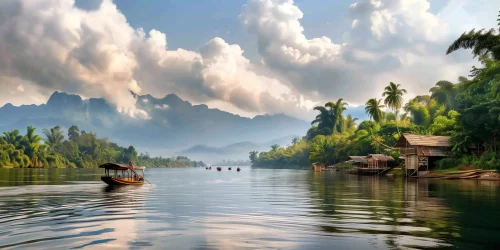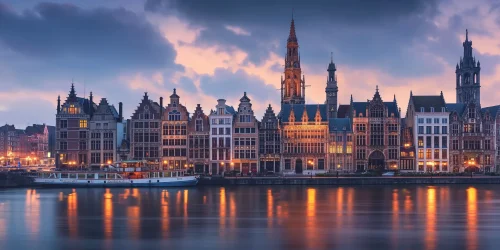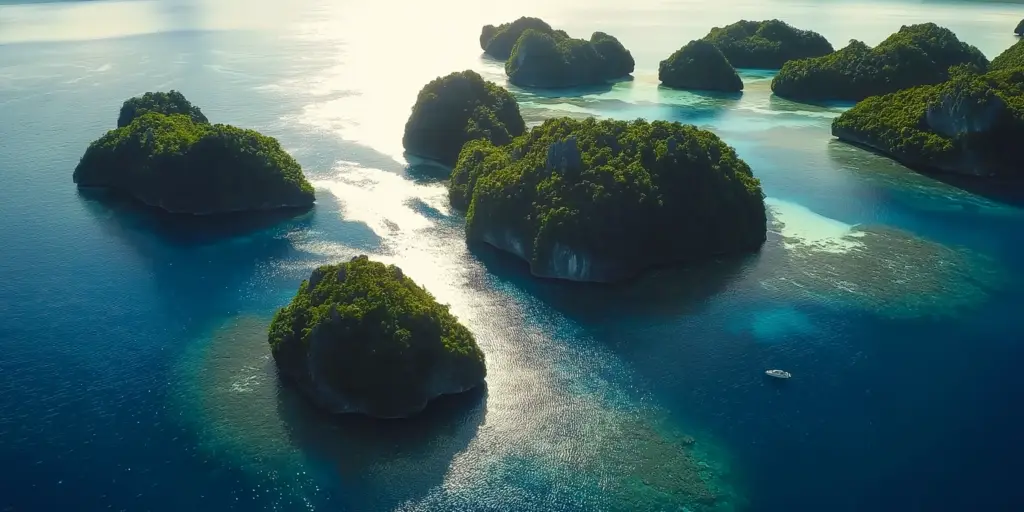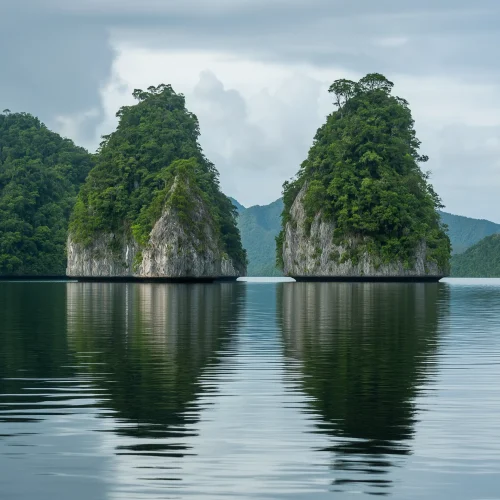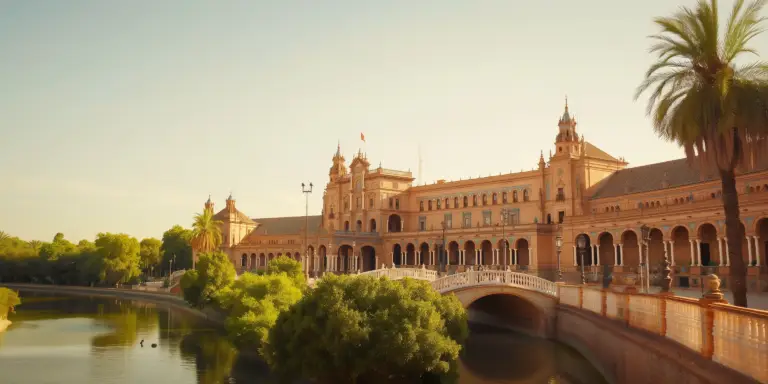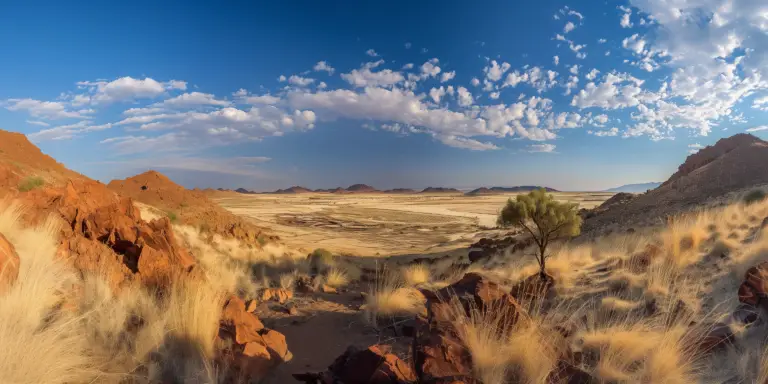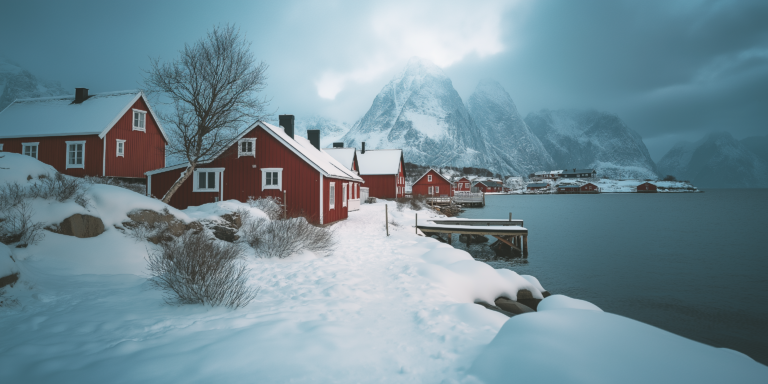Tucked away in the western Pacific, Palau is an archipelago of over 500 islands, known for its crystal-clear waters, vibrant coral reefs, and untouched natural beauty. Though small in size, this Micronesian paradise offers an unforgettable experience for travelers who appreciate marine life, adventure, and a laid-back island atmosphere. With its warm hospitality and unique cultural heritage, Palau is an exceptional destination for those seeking something beyond the typical tourist trails.
Reaching Palau requires some planning, as there are no direct flights from Europe or North America. However, Roman Tmetuchl International Airport (ROR), located on the main island of Babeldaob near the town of Koror, is well connected to several major hubs in the Pacific region.
Flights operate from Manila (Philippines), Taipei (Taiwan), Seoul (South Korea), and Guam (USA), making these cities common transit points for international travelers. From the airport, most accommodations in Koror offer shuttle services, or taxis can be arranged. Once in Palau, transportation options include rental cars, boats, and domestic flights for island-hopping.
Palau is best known for its incredible underwater world, making it a dream destination for divers and snorkelers. The Rock Islands, a UNESCO World Heritage site, are among the most stunning sights. These limestone formations covered in lush greenery rise dramatically from the turquoise waters, creating a landscape that feels almost surreal.
One of Palau’s most famous dive sites is Blue Corner, where divers can encounter sharks, rays, and an astonishing variety of fish. The German Channel, a man-made waterway from the early 20th century, is another highlight, attracting manta rays that come to feed in its nutrient-rich waters. For those who prefer snorkeling, the Ngemelis Wall (also known as Big Drop-Off) offers an easily accessible yet breathtaking underwater experience.
A visit to Jellyfish Lake on Eil Malk Island is a truly unique experience. This marine lake, home to thousands of golden jellyfish, was once closed to tourists due to environmental concerns but has since reopened. Swimming among these harmless, pulsating creatures is an almost meditative experience, unlike anything else in the world. Due to conservation efforts, touching the jellyfish is prohibited, and visitors must obtain a permit before entering the lake.
While Palau is undoubtedly a water-lover’s paradise, the islands also offer fascinating land-based attractions. Babeldaob, the largest island, is home to lush jungles, waterfalls, and cultural sites. Ngardmau Waterfall, Palau’s tallest waterfall, is well worth the short trek through the rainforest. The island is also home to ancient stone monoliths, remnants of Palau’s early civilizations, which remain a mystery to archaeologists.
Koror, the commercial hub, is where most visitors stay. Although small, it offers interesting cultural experiences, including the Belau National Museum, which provides insights into Palau’s history, traditions, and colonial past. Another must-visit site is the Etpison Museum, where artifacts, traditional canoes, and local handicrafts are displayed.
Palauan culture is deeply rooted in respect for nature, community, and tradition. The local people are known for their warm hospitality, and visitors often find themselves welcomed with genuine friendliness. The Bai, traditional meeting houses with intricate carvings, are a symbol of Palauan heritage and can be found in several villages. These structures played a vital role in governance and community discussions in the past and remain significant cultural landmarks.
Food is an important part of Palauan culture. Local cuisine features fresh seafood, tropical fruits, and influences from Japanese, Filipino, and American cuisines. Fruit bat soup, a traditional delicacy, might not be for everyone, but dishes such as grilled tuna, taro root, and coconut-based curries offer a delicious taste of the islands.
Palau is a global leader in marine conservation. In 2015, the country established the Palau National Marine Sanctuary, one of the world’s largest fully protected marine areas, covering 80% of its territorial waters. The government also introduced the Palau Pledge, a unique entry requirement where visitors must sign a promise to respect the environment and culture. This initiative reflects the nation’s deep commitment to sustainability and responsible tourism.
Eco-conscious travelers will find that many tour operators follow strict guidelines to protect the reefs and marine life. Visitors are encouraged to use reef-safe sunscreen, avoid touching coral, and support local conservation programs.
Palau enjoys a tropical climate, with warm temperatures year-round. The best time to visit is from November to April, when rainfall is lower, and visibility for diving and snorkeling is at its best. However, Palau’s waters remain warm throughout the year, making it a great destination in any season.
Travelers should be aware that Palau is relatively expensive compared to other Southeast Asian destinations, largely due to its remote location. Accommodation ranges from budget guesthouses to luxury resorts, with most options centered around Koror. ATMs are available, but carrying some cash is advisable, as not all businesses accept credit cards.
